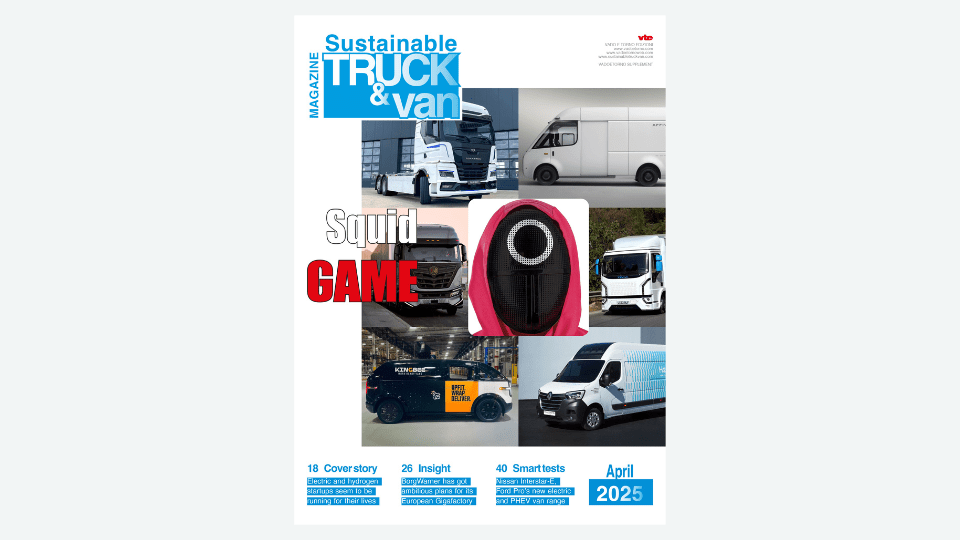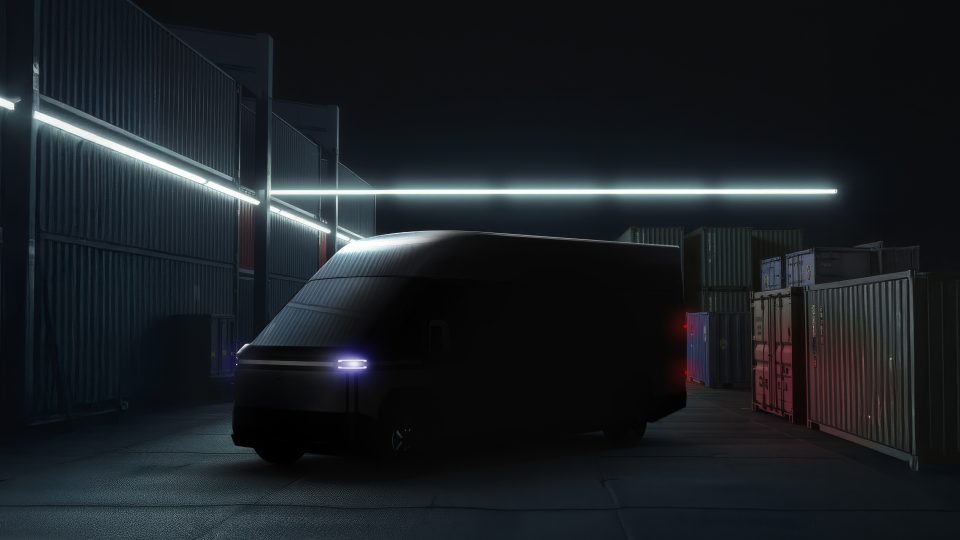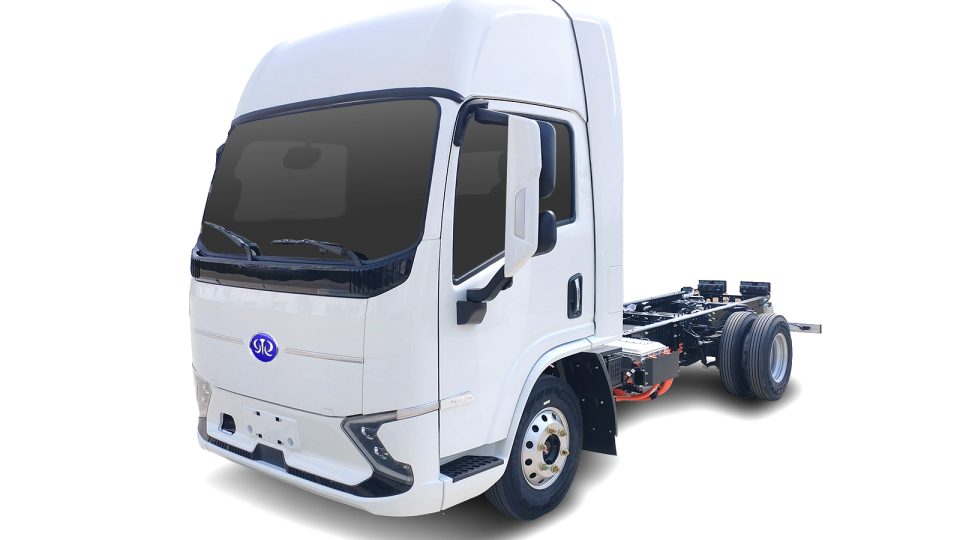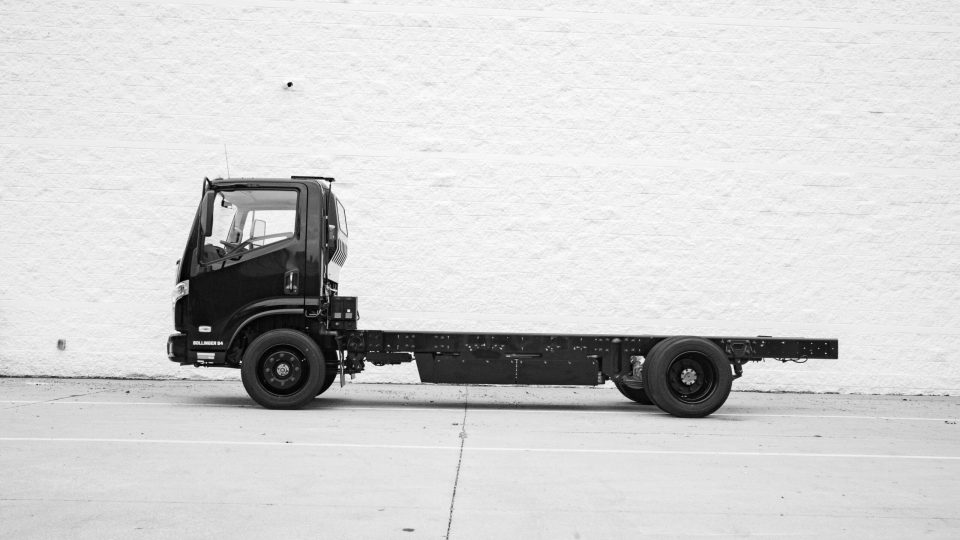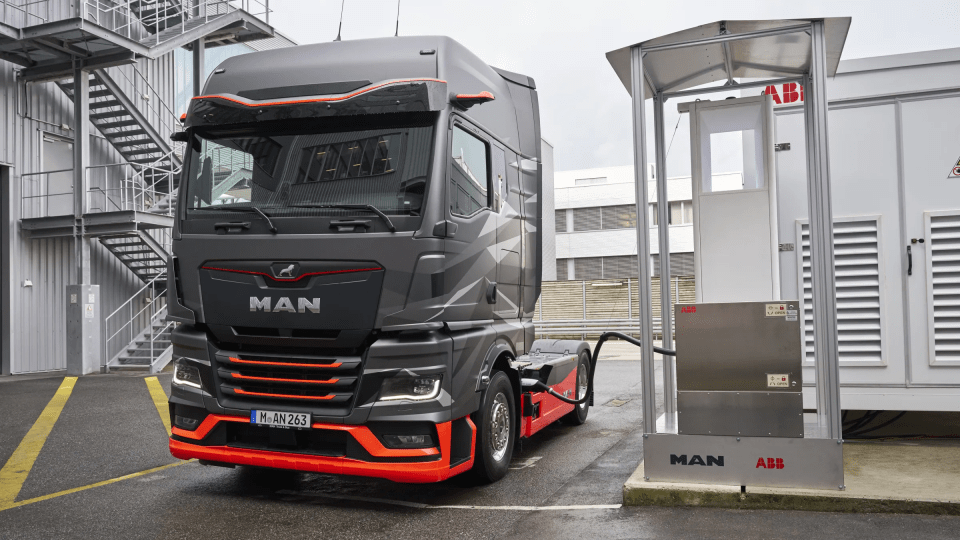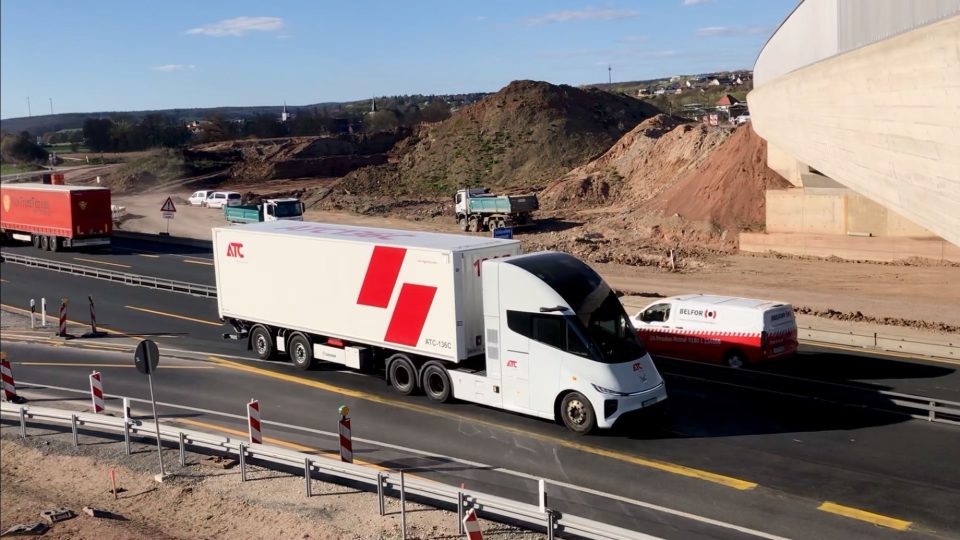Gruber Logistics’ first Scania electric truck starts operation for Siemens Smart Infrastructure in Leipzig
On average, the e-truck will travel about 250 kilometers per day. Over the course of a year, this translates into about 60,000 kilometers of emission-free transportation. The vehicle is charged at the Siemens plant in Leipzig with electricity generated from renewable sources.
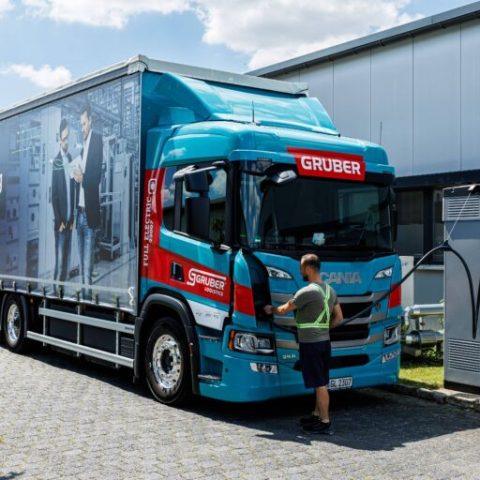
The Italian Gruber Logistics is among the liveliest European transportation companies in the energy transition and the use of trucks with alternative traction. Speaking of electric trucks, the company has recently placed a relevant order with Scania: about 30 electric trucks to be used in Germany. One of these trucks actually went into operation these days for contractor Siemens Smart Infrastructure and is being used within a 100-kilometer radius of Siemens Smart Infrastructure’s own low-voltage switchgear plant in Leipzig.
On average, the e-truck will travel about 250 kilometers per day. Over the course of a year, this translates into about 60,000 kilometers of emission-free transportation. The vehicle is charged at the Siemens plant in Leipzig with electricity generated from renewable sources.
Gruber Logistics relies on electric trucks
Gruber Logistics and Siemens are long-standing partners. In fact, the German group already uses trucks powered, for example, by bio-Lng also in Germany. The one that went into operation these days is for all intents and purposes the first Gruber-branded electric truck to carry out transport activities on behalf of Siemens.
“The implementation of the electric truck for the Siemens plant in Leipzig sets a new standard for resource-efficient logistics. To further develop sustainable transportation solutions in the industry, it is essential to have a partner like Siemens who shares our commitment to innovation and environmental responsibility,” said Felix Kunath, FTL executive director of Gruber Logistics. Kunath also pointed out that the company already uses vehicles powered by alternative fuels for 40 percent of its transports and achieves 95 percent load saturation for LTL shipments through network and freight optimization.



